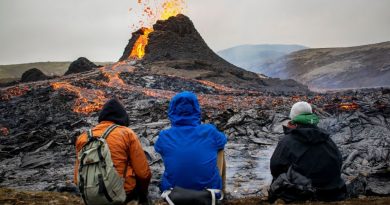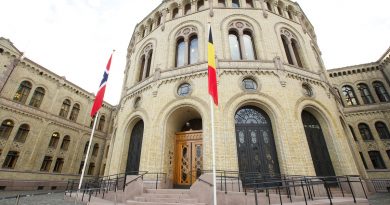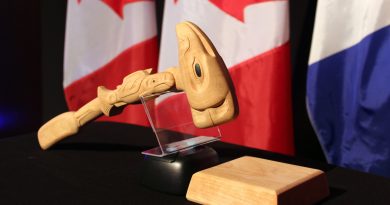Indigenous women across Canada come forward with accounts of forced sterilization, says lawyer
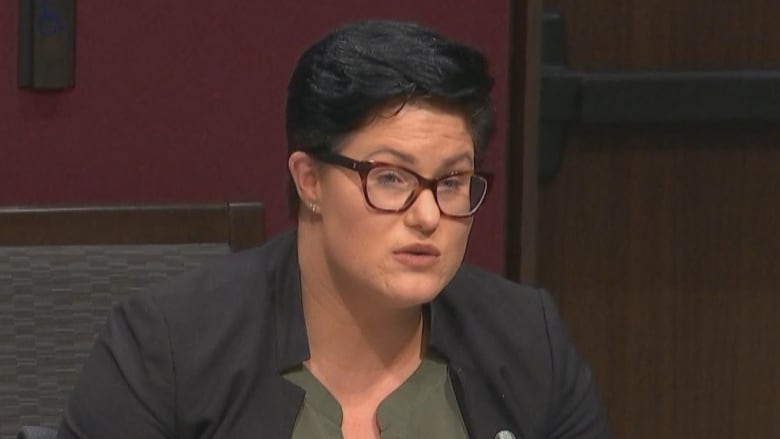
A proposed class action lawsuit alleging the coerced sterilization of Indigenous women in Canada is turning up reports from more than one hundred women who say it happened to them.
“Some of the women did not realize that physicians, nurses, other health care professionals, the government — couldn’t make decisions for them about their bodies,” said Alisa Lombard, Saskatchewan-based lawyer and a partner of Semaganis Worme Lombard.
Lombard said the reports are coming from the Northwest Territories (central Arctic), Yukon (western Arctic), Manitoba (Prairies), Ontario (East), Alberta (Prairies), B.C. (West), and Quebec (East).
“It’s important to highlight how traumatizing these practices have been and how difficult it is for women to come forward and talk about and disclose what happened to them,” she said.
The firm applied to certify the class action in February, 2018, in Saskatchewan (PrairieS). The proposed class action would apply to Saskatchewan, but if women come forward with similar stories, expanding to other jurisdiction is a possibility, said law partner Helen Semaganis.
According to the summary of claim, the term “coerced sterilization” refers to the practice of sterilizing Aboriginal women in Canada without their proper or informed consent. It says the practice has been going on since at least the 1930s.
Alberta and B.C. are the only two provinces that enacted legislation allowing for sterilization in the 1930s.
They phased the laws out in 1972 and 1973 respectively, but the practice persists in Canada, said Dr. Karen Stote, an expert witness in the proposed lawsuit.
Stote is an assistant professor at Wilfrid Laurier University researching reproductive justice, genocide and eugenics in Canada.
“A series of consistent actions but also inactions … allowed forced sterilization to continue. I would say that’s the case up until today. When you know something is happening and you don’t intervene effectively to stop it, that’s an inaction that leads to a particular consequence,” she said.
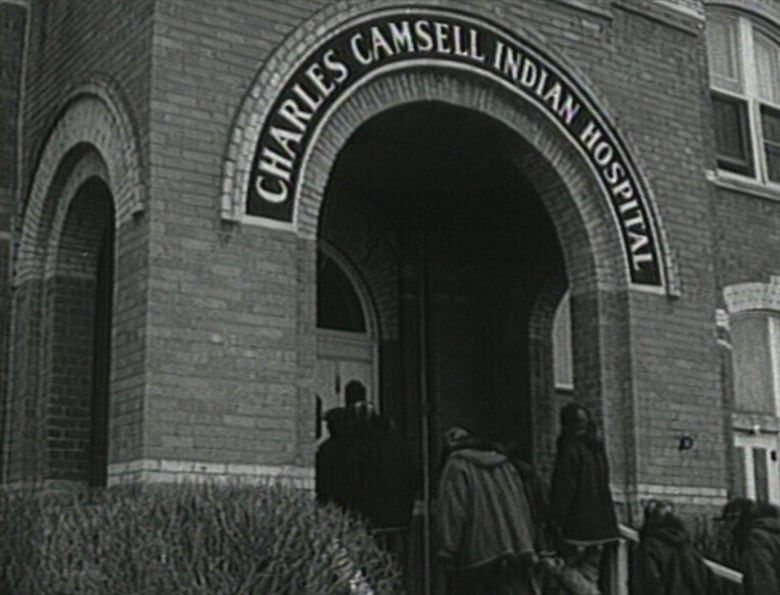
Although there wasn’t formal legislation on forced sterilizations in the Northwest Territories, there were failed attempts to do so 1939 and 1941, Stote said. Northern women were sent to southern hospitals, including the Charles Camsell Indian Hospital in Alberta.
According to Stote’s research, between 1971 and 1974, the hospital sterilized 125 patients. In those same years, at least 580 sterilizations took place at federally operated hospitals in the prairie provinces, Yukon, N.W.T. and Ontario. Indigenous women made up 95 per cent of those sterilizations.
Alberta amended its sterilization laws in 1937 to remove consent requirements for women diagnosed as “mentally defective” — a change that led to an increase in the number of sterilizations, said Stote.
More than 77 per cent of Indigenous people who underwent sterilization were declared “mentally defective” and could be sterilized without consent, her research states.
Lombard said that despite the repeal of sterilization legislation, sterilization without informed consent has been performed as recently as 2018 in Saskatchewan.
Federal inquiry yielded lower numbers for Northern Canada
Stote compiled data and historical accounts, including articles in southern publications by missionary Robert Lechat, who alleged the federal government was ramping up the sterilization of Indigenous women in the 1970s in the North.
According to Stote’s research, Lechat reported in 1976 that 26 per cent of women in Igloolik, Nunavut, between the age of 30 and 50 were sterilized. He reported almost half of women that age were sterilized in Naujaat. In Gjoa Haven, 31 per cent had been sterilized. In Chesterfield Inlet and Kugaaruk, more than a quarter of women underwent sterilization.
“If there is no precise policy for sterilization there is at least a very definite will to prevent the increase of Inuit in the Canadian North,” Lechat wrote at the time.
As a result of the “bad press,” the federal government conducted an inquiry in the 1970s, which yielded lower numbers Stote said. That inquiry also failed to capture how many women were sterilized with consent, or their specific experiences, she said.
It confirmed at least 70 sterilizations were performed on women in Nunavut — in Chesterfield Inlet, Naujaat, Kugaaruk, Gjoa Haven, Igloolik and Rankin Inlet — from 1966 to 1976. The reason given for sterilization in all but one instance is that the women gave birth to two or more children.
Other data indicates as many as 180 sterilizations were performed in northern settlements between 1970 and 1973, but the inquiry did not capture sterilization in other communities, said Stote.
Related stories from around the North:
Canada: National Inquiry into Missing and Murdered Indigenous Women and Girls set to present final report in June, CBC News
Finland: Indigenous Sámi community weighs in on Finland’s truth and reconciliation process, Yle News
United States: Alaska reckons with missing data on murdered Indigenous women, Alaska Public Media

